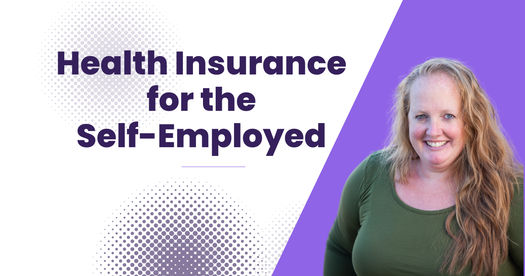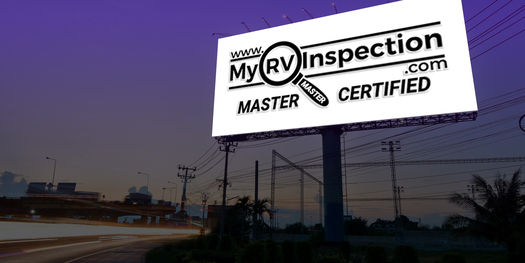
Understanding the Basics of Health Insurance
Health insurance is a crucial aspect of financial planning, providing a safety net for unexpected medical expenses. It operates through a contractual agreement between consumers and health coverage providers, where the consumer pays a monthly premium in exchange for financial assistance with medical care throughout the year. However, navigating the complexities of health insurance requires a solid grasp of its fundamental principles to avoid unexpected bills and ensure adequate coverage.
At the core of health insurance is the premium, akin to a subscription fee, paid monthly to maintain health benefits. Failure to pay results in the loss of coverage, emphasizing the importance of consistent payments to ensure uninterrupted access to healthcare services.
Beyond the premium, understanding the concept of a deductible is essential. The deductible represents a predetermined amount that consumers must pay toward their medical expenses each year before the insurance company begins to provide assistance. It's imperative to review policy details to ensure alignment with individual needs and financial capabilities. Importantly, certain medical services, such as preventative care, may be covered by insurance before meeting the deductible, underscoring the importance of thorough plan examination.
Co-pays represent another facet of health insurance, serving as a form of cost-sharing between consumers and insurance companies. These fixed amounts are paid for each doctor's visit, allowing for more affordable healthcare access before meeting the deductible.
Following the deductible, co-insurance comes into play, where consumers are responsible for a percentage of remaining medical bills. Commonly expressed as ratios like 80/20 or 70/30, these figures denote the percentage of expenses the consumer must cover after the deductible is met. Additionally, many plans incorporate an out-of-pocket maximum, beyond which the insurance company assumes full responsibility for medical expenses for the remainder of the year.
Health insurance plans come in various types, including HMOs, PPOs, EPOs, and POSs, each offering distinct features and coverage options. Understanding these differences is crucial for informed decision-making. For instance, while a PPO may involve higher monthly out-of-pocket costs, it provides flexibility in choosing doctors and hospitals and extends coverage during travel. Conversely, an HMO may require referrals to see specialists but could offer lower overall costs.
You can read the full article to get more in depth descriptions of this information and lots of other things you'll need to know before obtaining your health plan.
I am here to help you navigate the world of insurance and help you find a plan that will travel with you. My services are free. You're welcome to set a time for us to chat here.
In summary, grasping the basics of health insurance is essential for safeguarding financial health and ensuring adequate coverage for medical needs. By understanding premiums, deductibles, co-pays, co-insurance, and plan types, individuals can navigate the healthcare landscape with confidence and peace of mind.







Leave Comment Below
0 Comment(s)